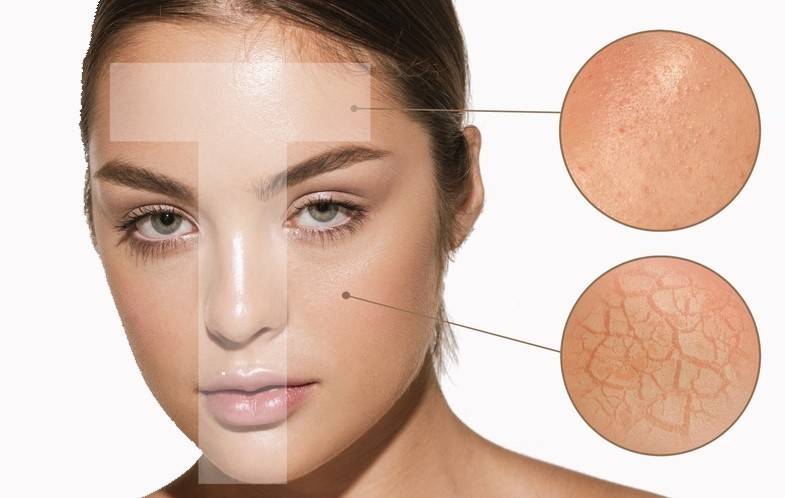You should consider the following when cleansing combination skin:
- You must not degreasedry skin too much, otherwise you will weaken its barrier function.
- Oily skin areas, on the other hand, benefit from clarifying products that remove excess sebum and thus prevent blemishes.
So how do you go about it? If you have combination skin with a low tendency to blemishes, simply use a cleansing gel or a light cleansing milk – but not an oil-based product. The product should be mild and adjusted to the skin’s natural pH value. Cleanse your face with it twice a day, morning and evening.
If your T-zone is very oily and you struggle with blemishes, an additional product for oily skin may be useful. Good options include facial cleansers with additives such as salicylic acid, which have a mild exfoliating and anti-inflammatory effect. Make sure that you really only dab these products on where your skin produces too much sebum.
However, do not use products that are too degreasing, such as those with a high alcohol content. They can even intensify the extremes of your skin. This is because they dry out your cheeks even more, while oily areas of skin often become even more oily. The result: your skin becomes completely unbalanced.






